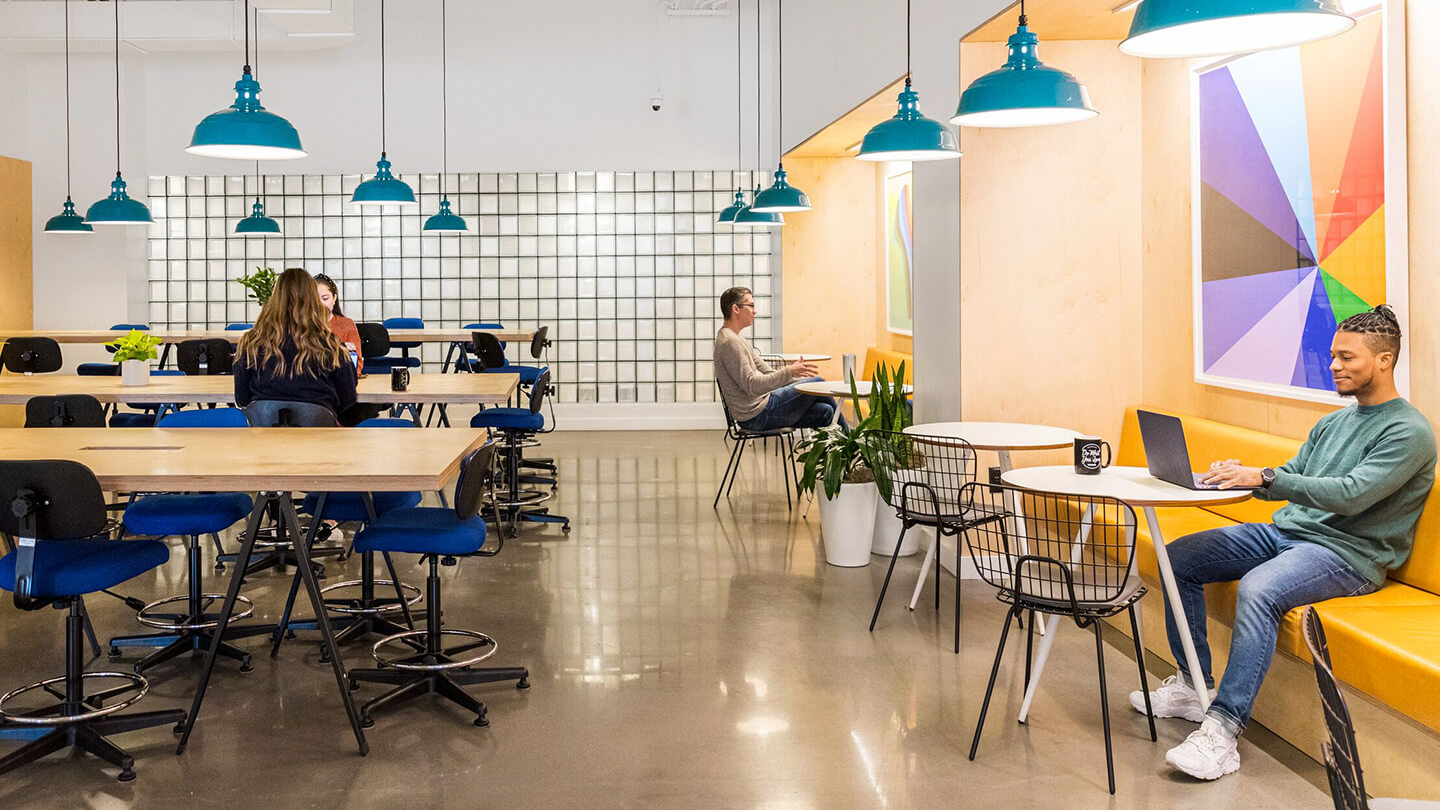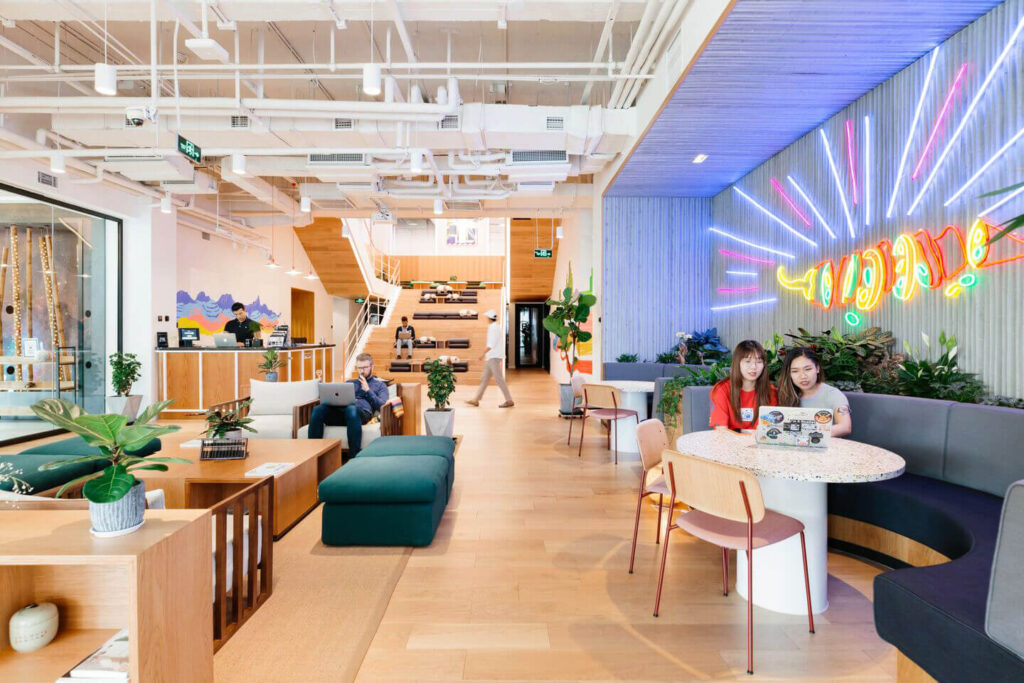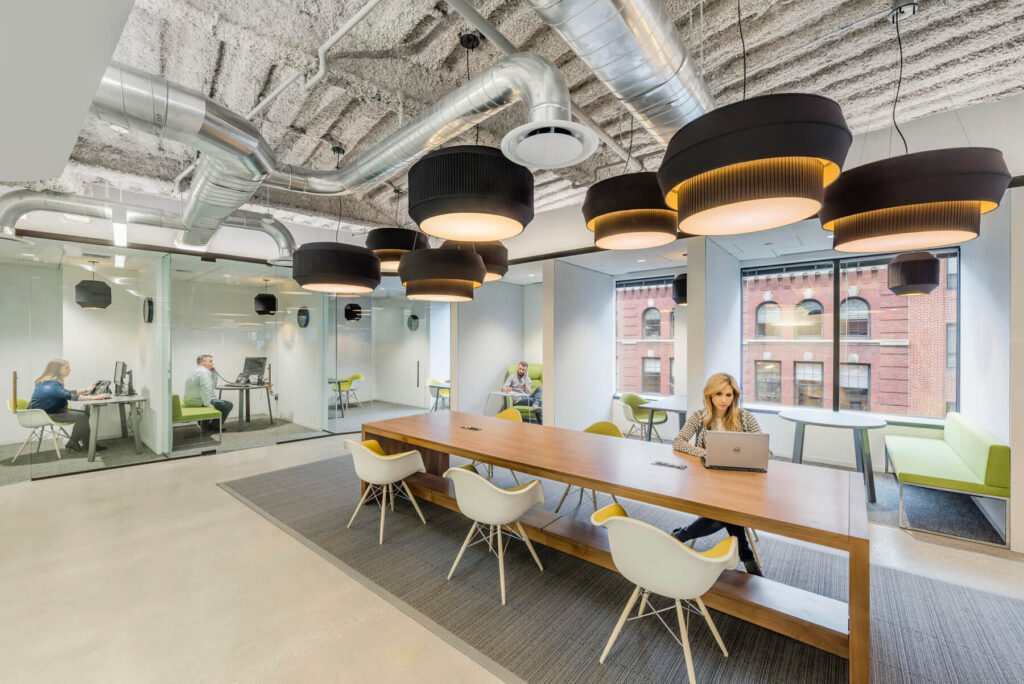
Any company that uses a typical office layout needs to consider how space utilization affects productivity. An attractive workplace encourages workers to be more social, happy, and productive. One of the many criteria facility managers use to assess workplace productivity is space utilization. Low utilization typically denotes inefficiency, while high utilization typically denotes efficiency.
In dynamic workspaces, there is a constant push and pull to achieve optimal use. Facility managers frequently wonder how to use space as efficiently as possible.
Space utilization is just the occupancy of your facility divided by its capacity. This tells you what portion of your office space you are actually using as opposed to what portion is just vacant.
Firms usually overestimate how much space is occupied by their facilities. They can cut costs by being aware of how much workspace is actually being used. The data from the analysis of space optimization can be used to make the most of the current space while maintaining efficiency.
In order to enhance office operations, you can additionally highlight peak occupancy and vacancy rate.
Space Utilisation Metrics
- Density: This more specific measure of space utilization demonstrates when a group has outgrown its available space. To ascertain the demand for space by a particular group or purpose, you can examine floors, departments, and business sectors independently.
- Mobility: If you have part-time employees, remote workers, or visitors, it’s crucial to take workforce mobility into account because it provides a more accurate estimate of space optimization.
- Cost per seat: You can determine the cost of accommodating personnel within the given space by calculating the cost per head or seat. Cost per head is a crucial metric to use while designing a workspace’s floor layout and keeping costs under control.
- Capacity and Occupancy: The maximum number of occupants that a room can accommodate depends on the number of seats and an architect’s recommendation.
- Average peak usage: A statistic that averages over a longer period of time (for example, one week) is the number of personnel and visitors at daily peak times.
- High-traffic areas: This number is used to pinpoint the sections of your property that see the most significant foot traffic and visitor density relative to other parts of the property.
- Daily peak utilization: Maximum people are permitted to enter a certain location at any given moment.

Tips To Improve Space Utilisation
Gathering data on office spaces
It is impossible to understand the whole picture of your company’s real estate without the appropriate space utilization statistics. This is especially true if your company has acquired new sites through a merger or acquisition or added new ones. It is possible that you may need to collect data from many systems and combine it in one location.
Space categorization rules vary by nation or corporation, therefore you must ensure that everyone understands crucial measurements, such as occupiable space, non-occupiable space, mobile space, offline space, restricted space, non-standard space, etc. It will be simpler for everyone to agree on how much actual usable space is available in each location after these terms have been defined.
Space allocations
By using space allocations, you may track the demand for and utilization of space by the line of business. Additionally, they enable you to bill each business unit for the space they request, giving them an incentive to cooperate with you to maximize their own space consumption. Charge-back is one of the most effective levers you’ll have to persuade your company divisions to act morally and strive for office space efficiency.
Even if your firm lacks the support to implement a charge-back model, simply stating the cost of space by the business unit can frequently be sufficient to promote the desired behavior.
Space management software
With the help of space management software, you may construct dynamic scenarios and comprehend their effects by combining all space data and static floor plans into a single system. Before you relocate an office or make any improvements, you can assess the effects of space management software. Making informed judgments about how to effectively organize and use your office is made possible by choosing the appropriate space utilization software.
Use IoT sensors
To ensure you are utilizing every square foot of the office, measure the space for utilization purposes. Remember that this doesn’t always include expanding the workplace with extra personnel, desks, seats, or anything else. Finding the right personnel, providing them with the proper workspace, and enabling them to complete their tasks in a way that is convenient and efficient for them are all that are required.

Occupancy sensors gather information to reveal the parts of your business that are rarely used. You can discover a way to move people about and improve the environment once you identify which departments aren’t utilizing their area to the fullest.
Track progress on space utilization metrics
You can utilize the data you gather as you start to gather more space utilization information to monitor your advancement on the space utilization metrics. For instance, one of your objectives can be to lower the cost of your space per employee. Using space management software, you can design dashboards and reports that display your performance in that area.
You can evaluate that in comparison to industry benchmarks or construct a baseline for your own business to track your advancement over time.
Key occupancy sensor integration
Managers will have a better grasp of underutilized space and how to enhance it in order to optimize usage if occupancy sensors are placed to monitor desks, meeting areas, and the office floor area. You may maximize space and boost productivity by combining occupancy sensor data with smart office systems.
Instead of waiting for someone to update the system manually, meeting room booking systems that interface with occupancy sensors can produce better results because they will receive automatic updates alerting them to vacant or unoccupied rooms that can now be made available to other employees.
Your office space’s energy efficiency can be increased by automating HVAC and lighting with occupancy sensors connected to your building control systems. Your occupancy data can be integrated into a desk booking system to assist you in effectively implementing hot-desking/hoteling, which can improve space utilization for hybrid working.